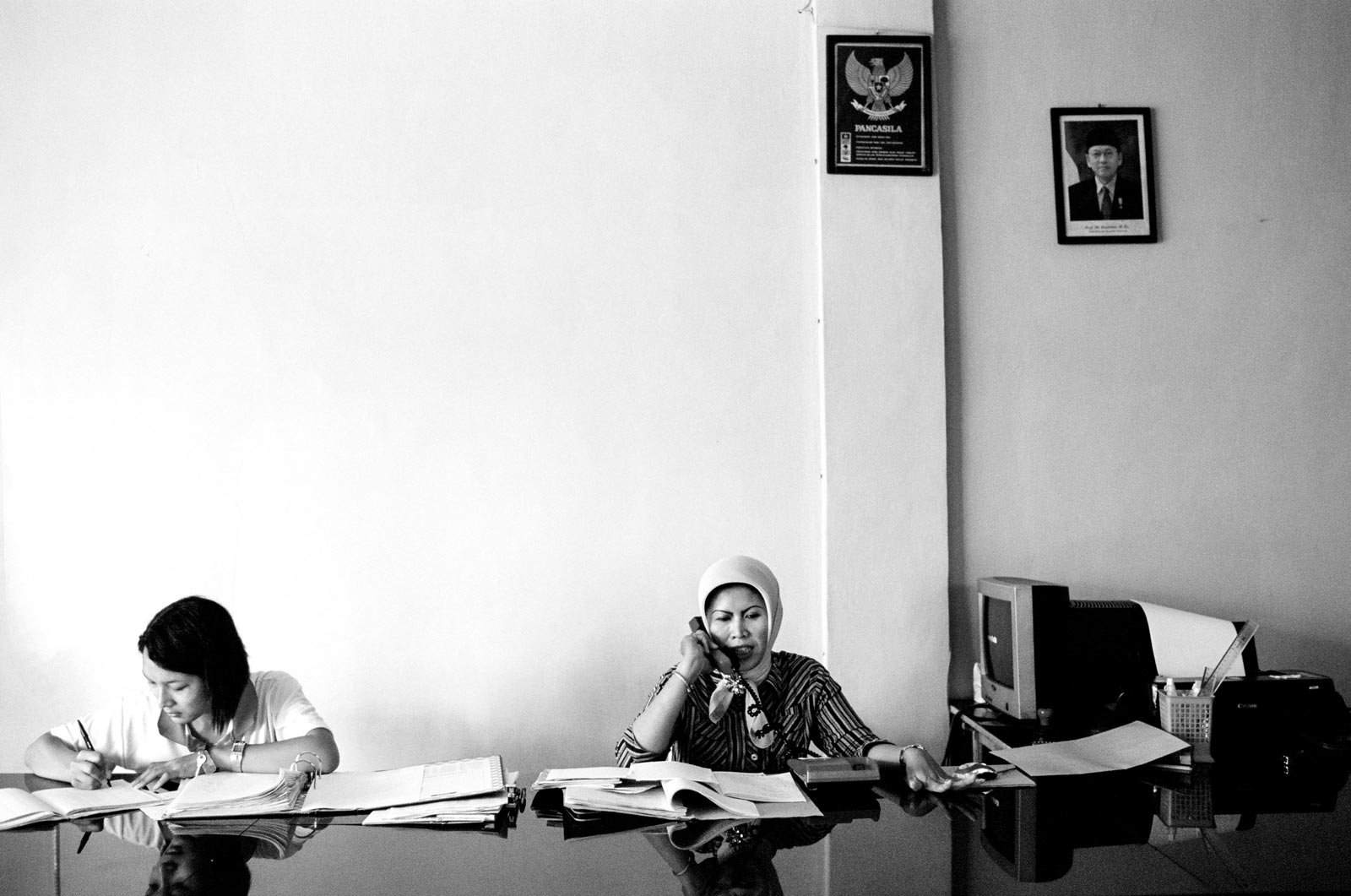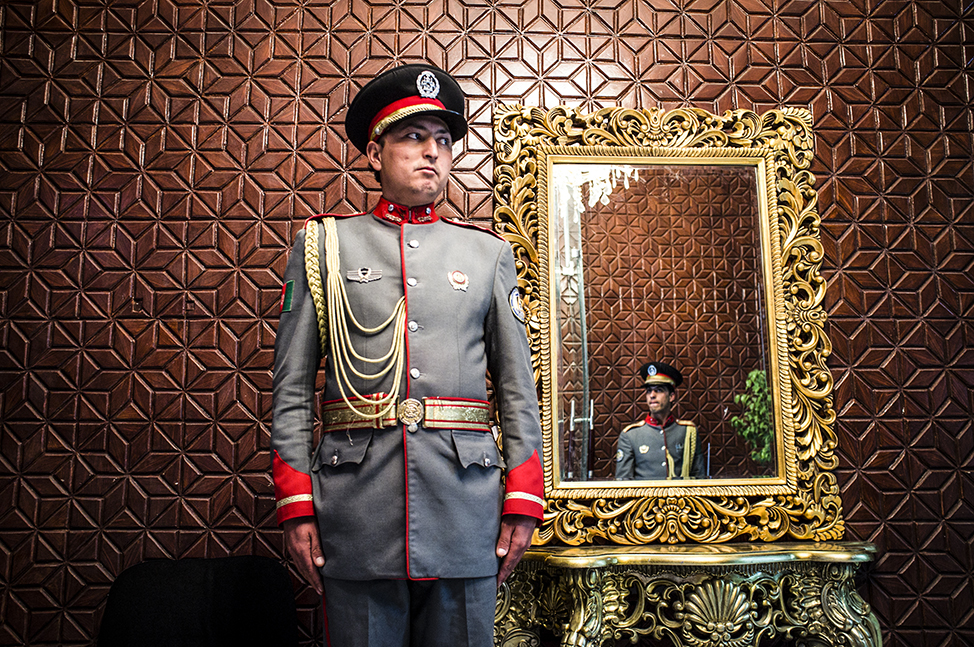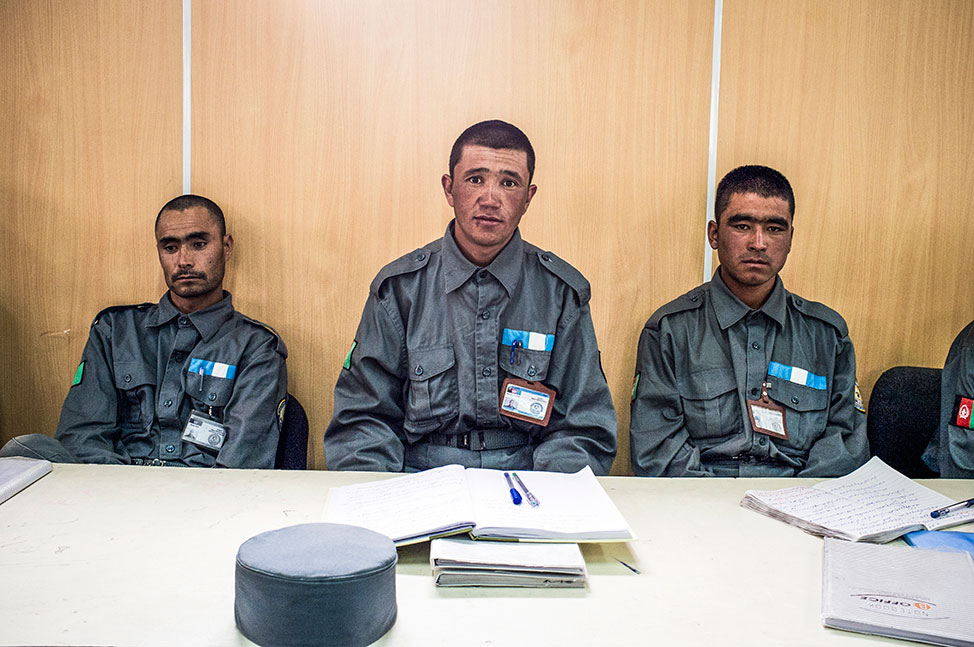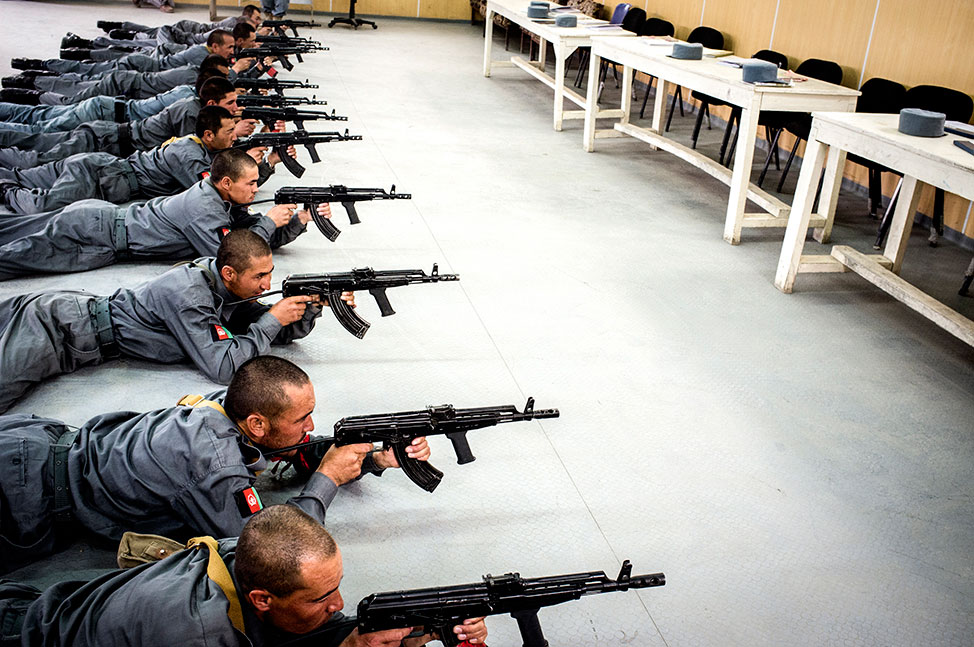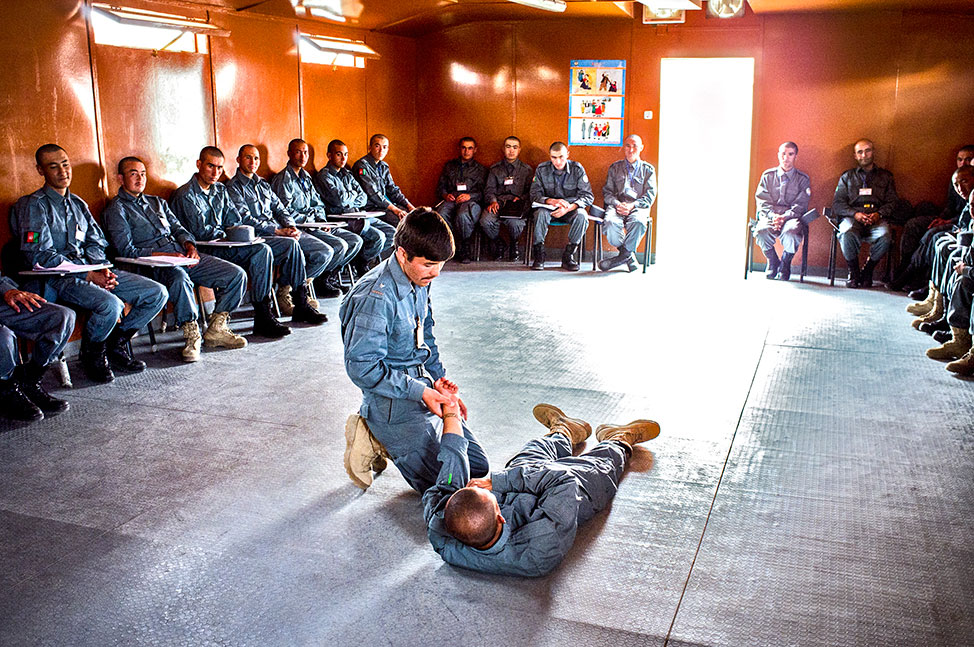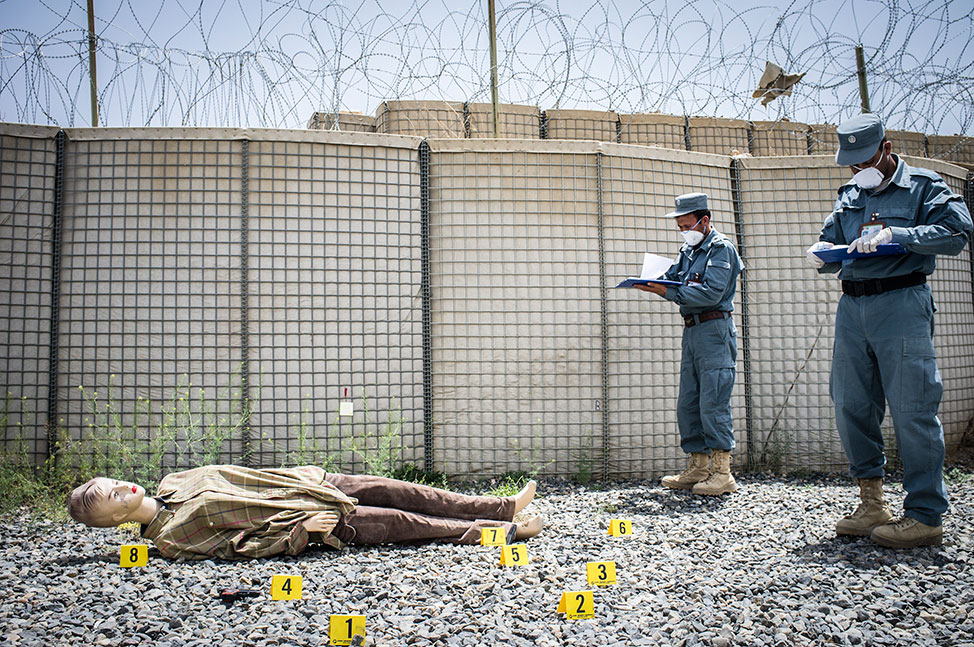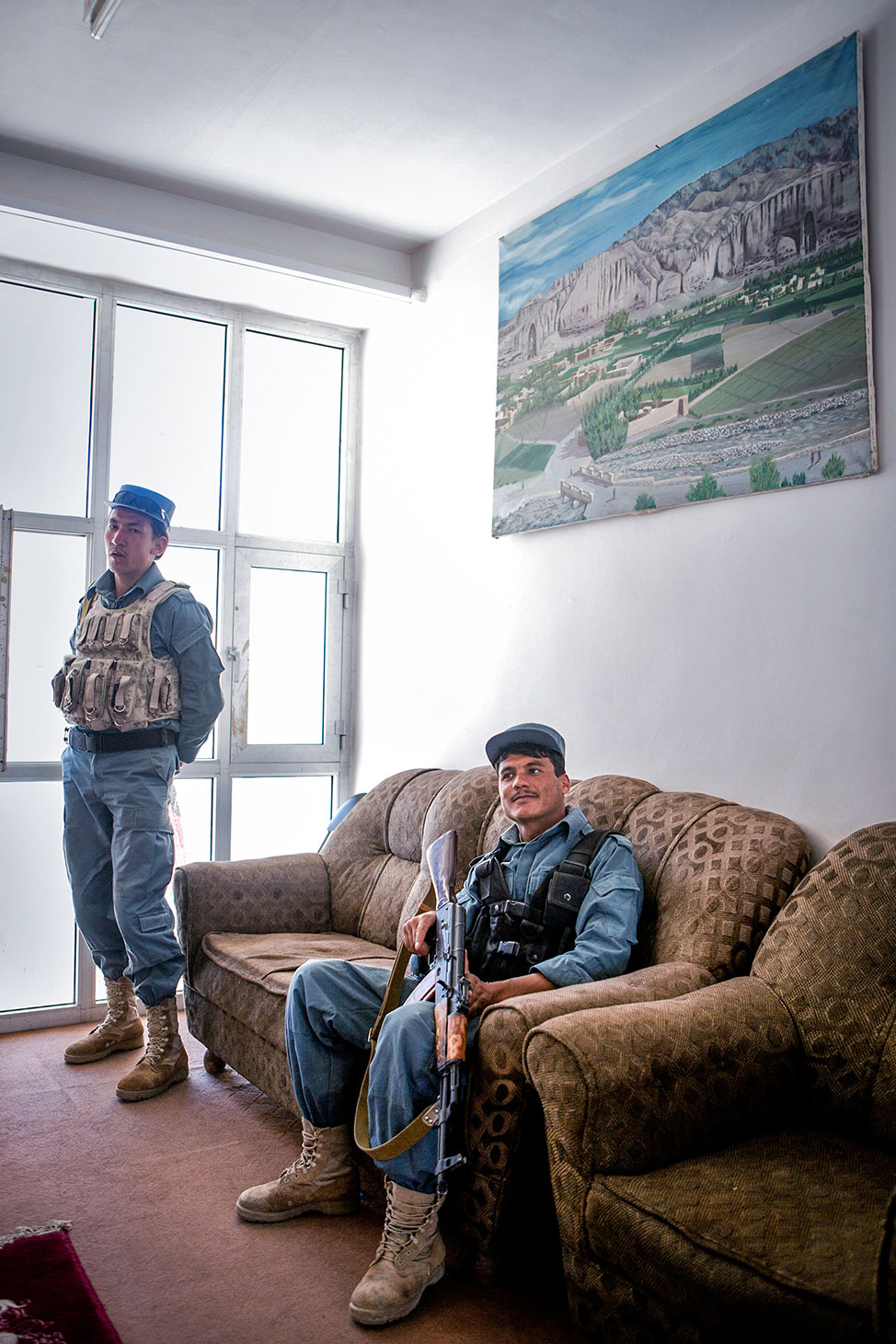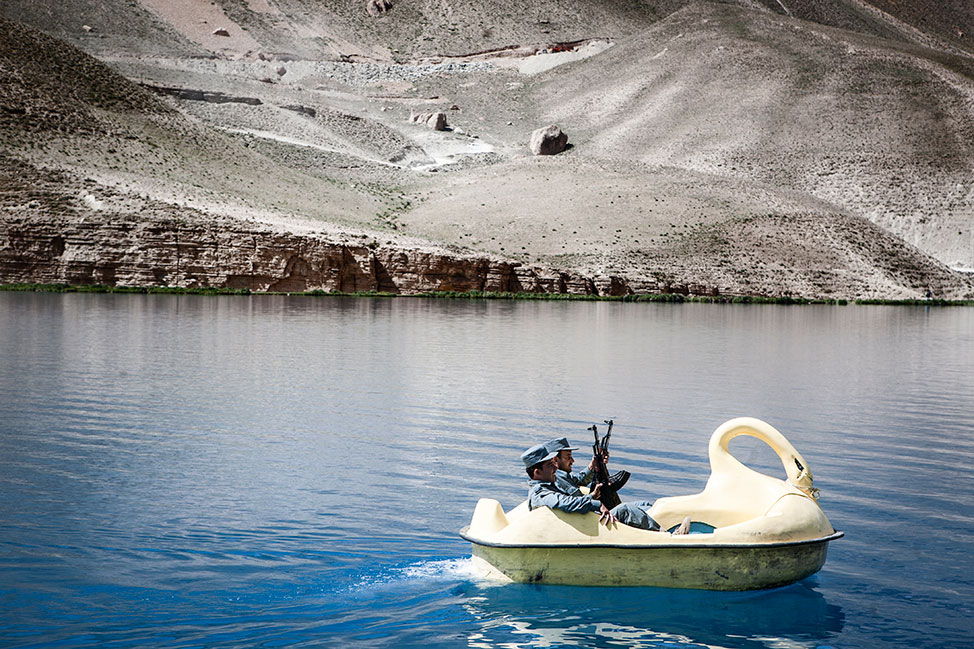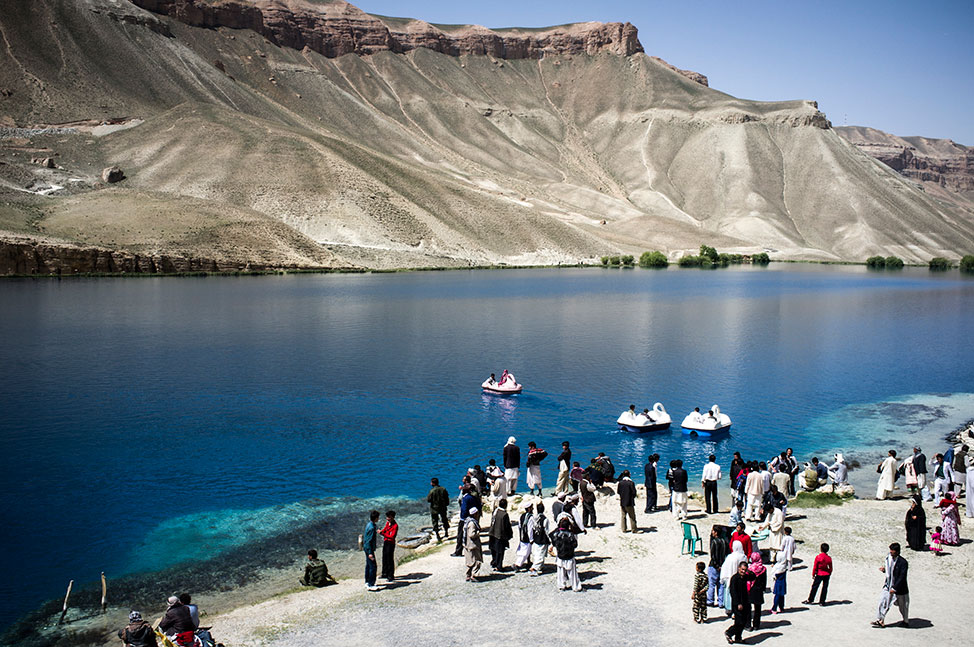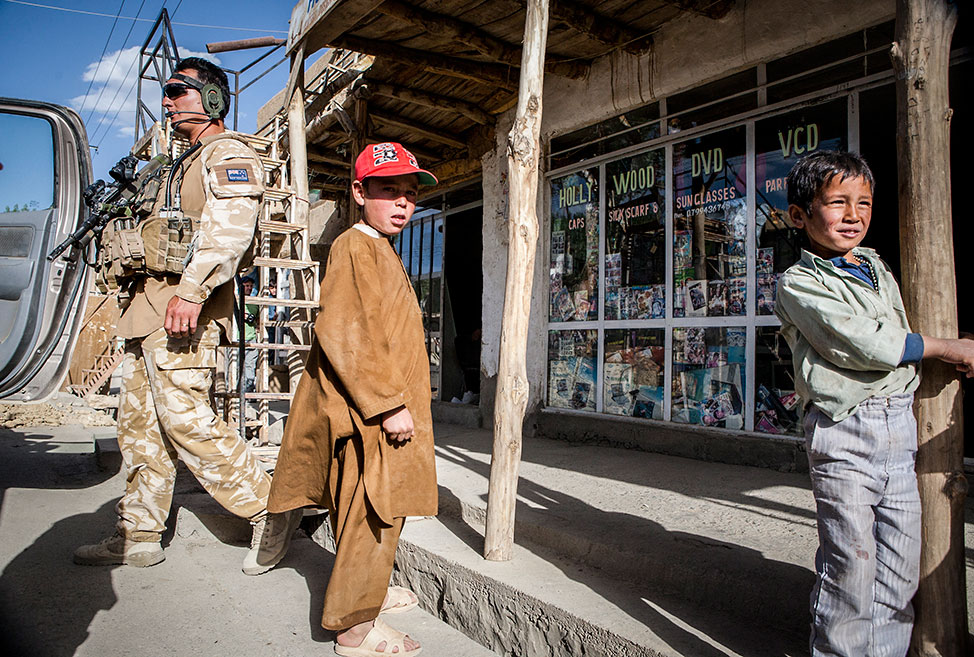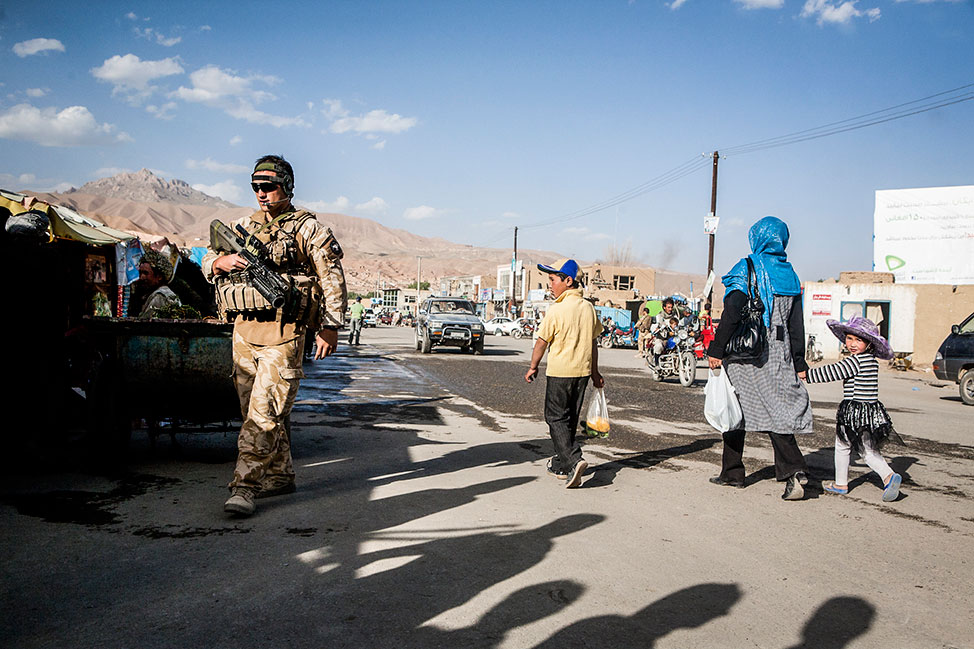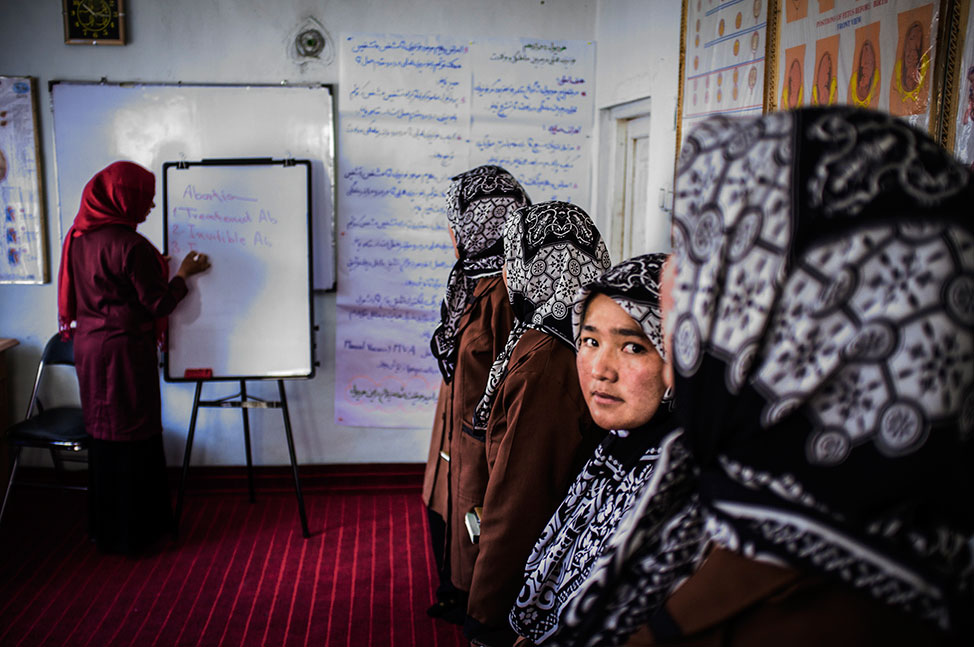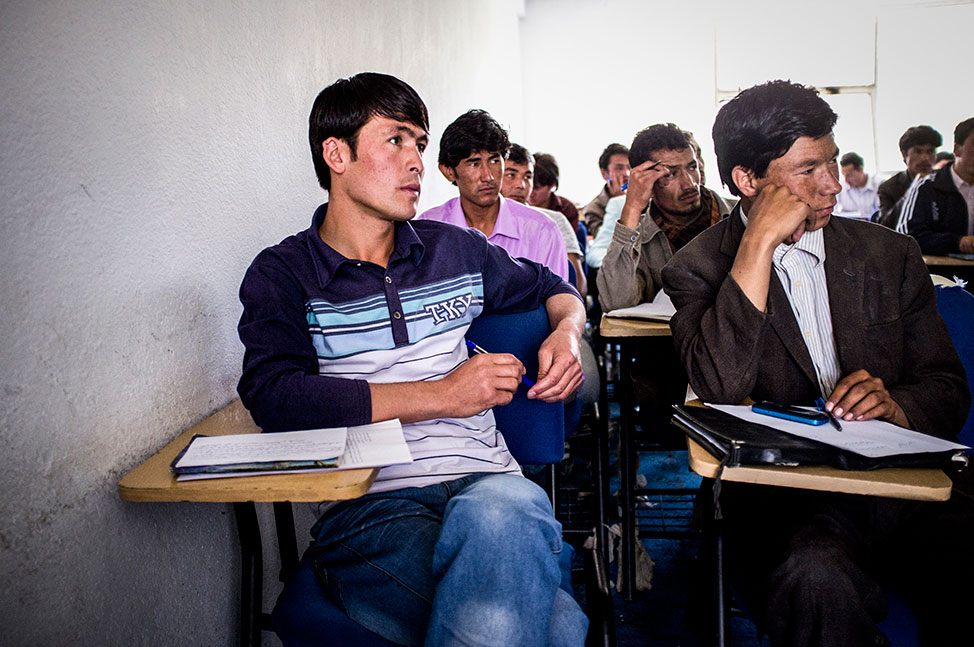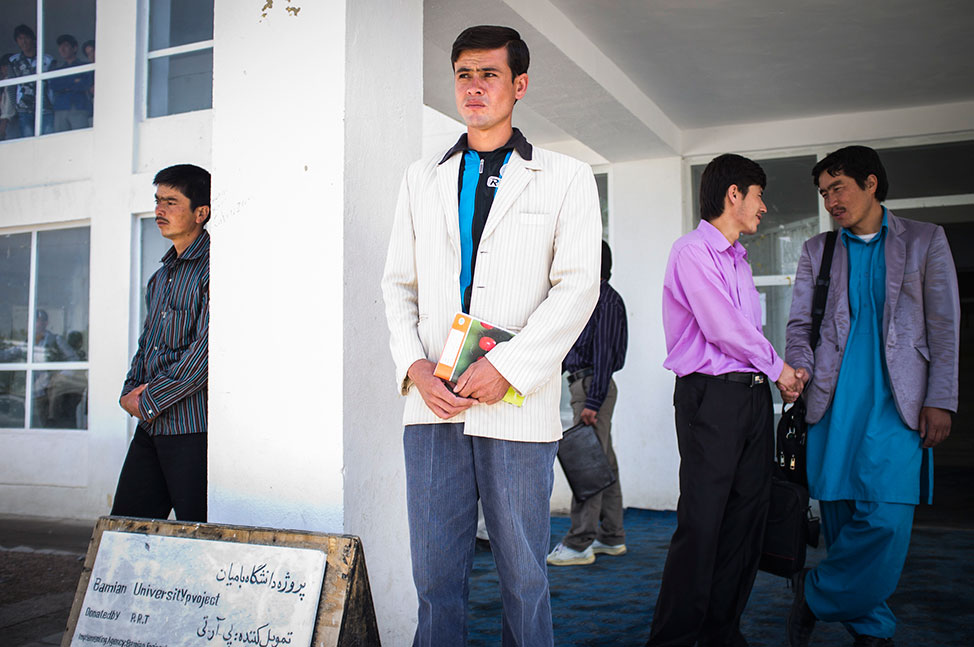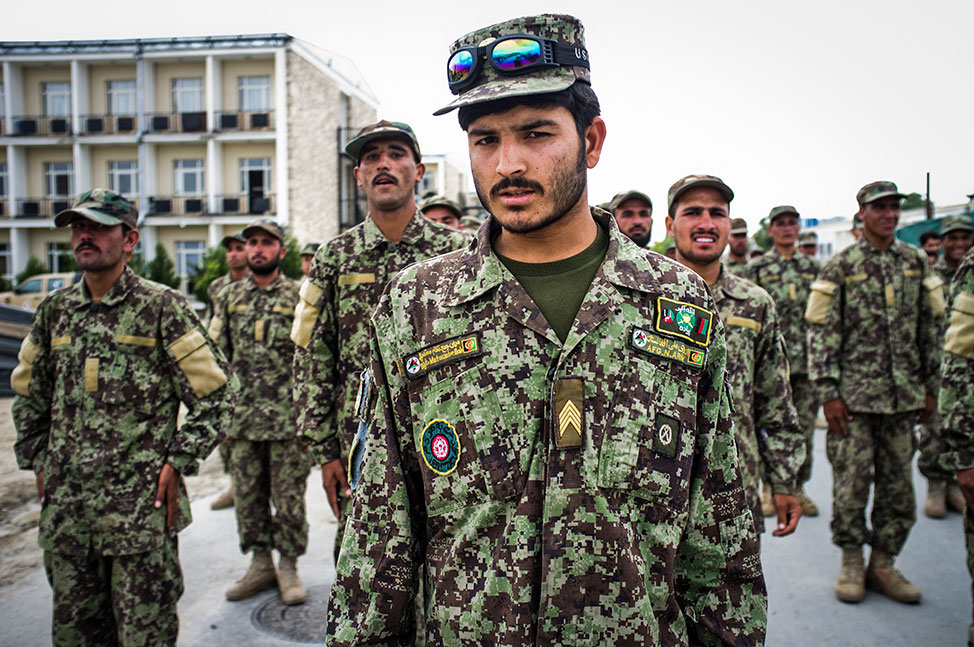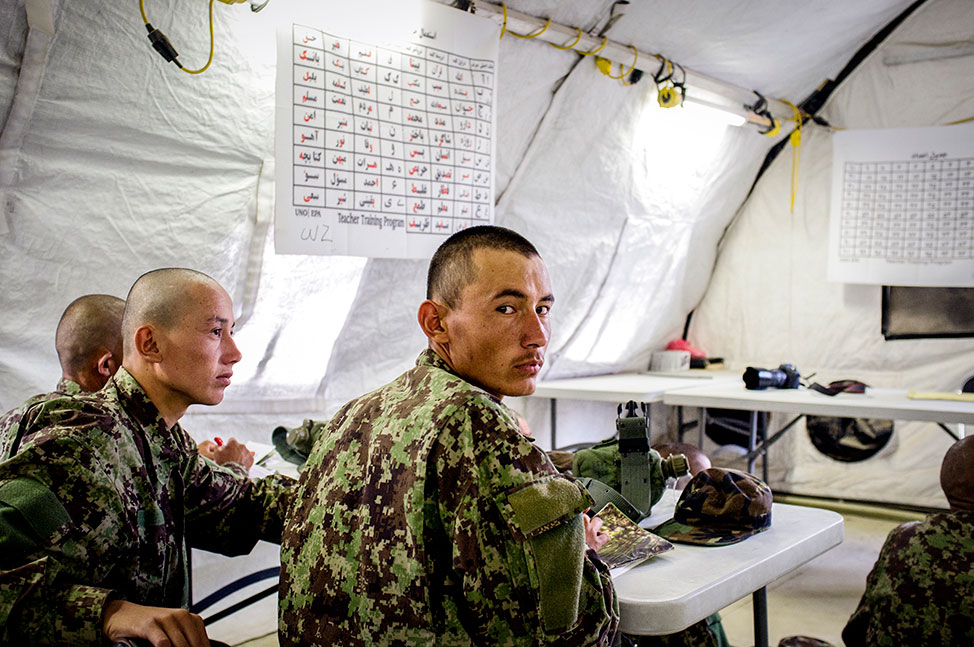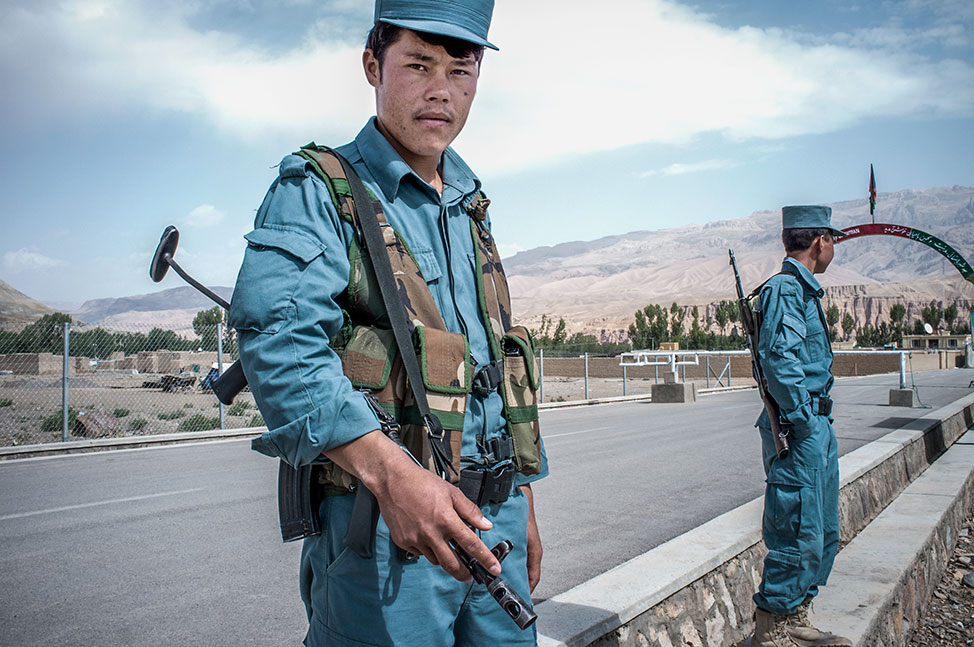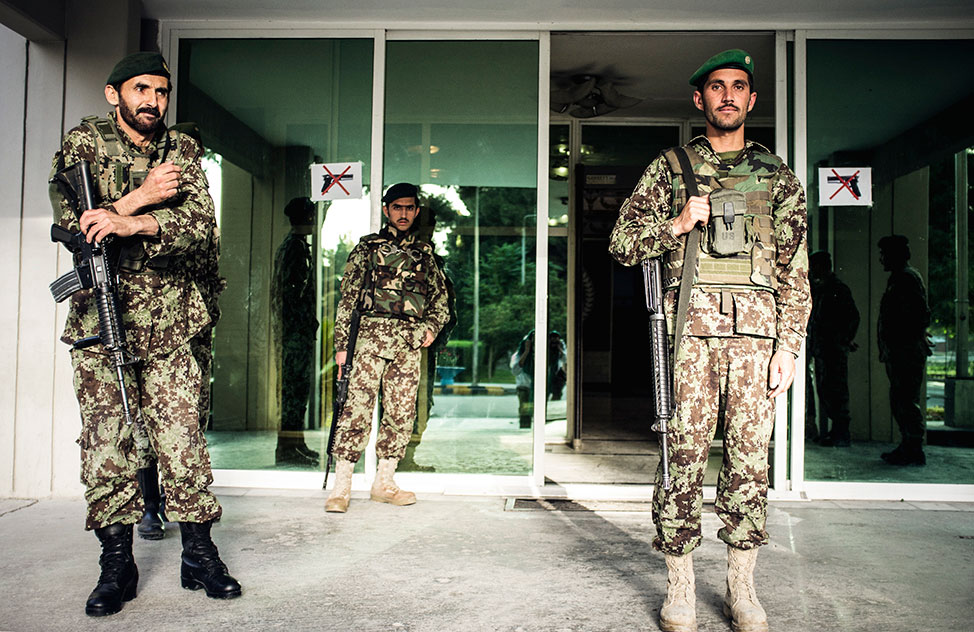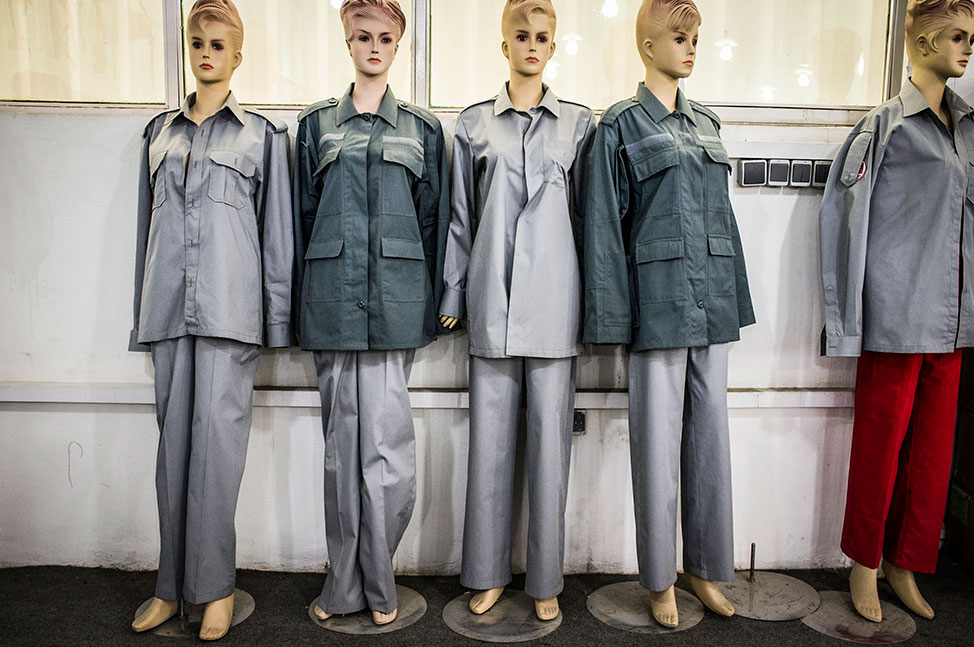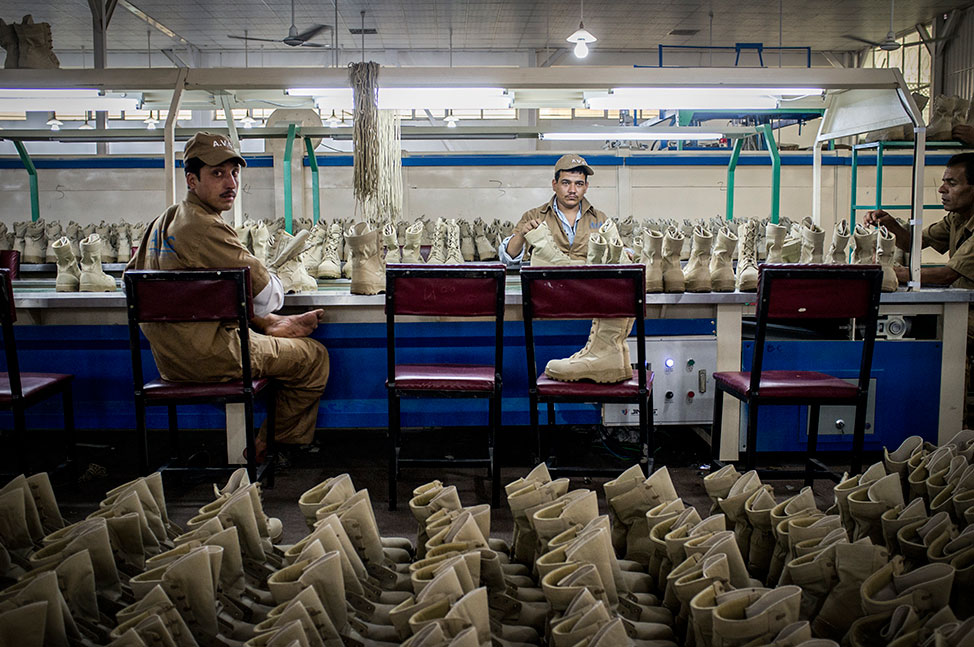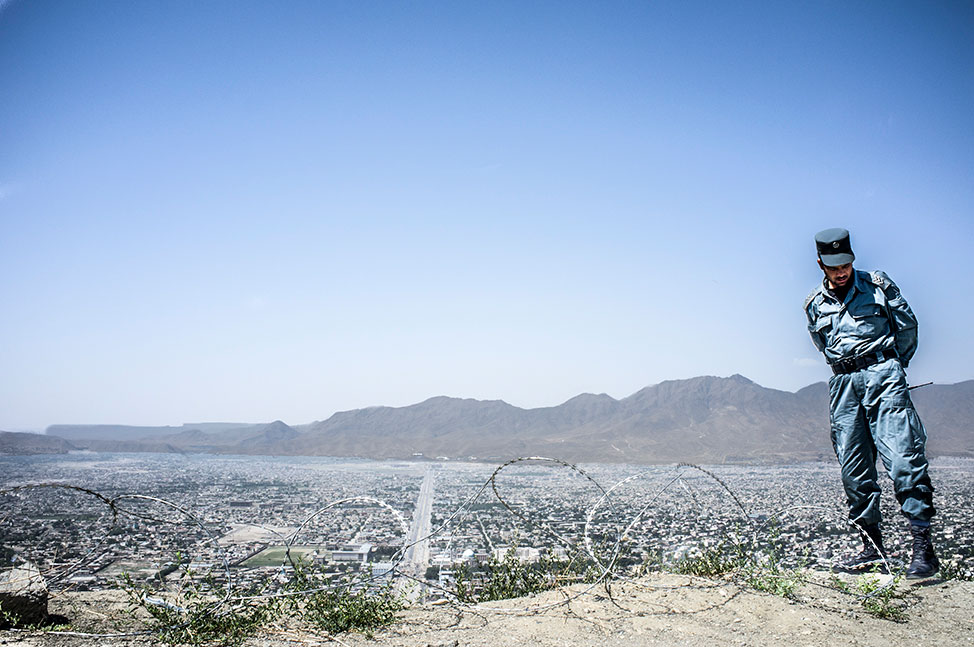“The government and the population [has] to start understanding that the defense of our land is our responsibility.” – Hamid Karzai, the 12th and current President of Afghanistan.
Transition is coming to Afghanistan starting in July of this year with hopes of great progress by January of 2014. The timeline has been put in place by President Hamid Karzai demanding that by 2014 the Afghan national forces become responsible for all the military operations within the country and become entirely responsible for the security of their own country. Currently there are over 100,000 NATO troops in Afghanistan who will begin their withdrawal next month while the country’s national security forces are trained and properly equipped. It is President Karzai’s belief that doing this will help develop and restore peace to his country.
President Karzai and NATO did a joint evaluation of the country to figure out where this transition should begin and which province would have the highest chance for success. They also discussed what improvements the country should focus on within the time period of the transition: security forces, education, an improved judiciary system and infrastructure, and stimulated tourism. Although a joint inquiry was made, the final decision was left up to President Karzai. He chose the province of Bamiyan which is centrally located within the country, approximately 120 miles northwest of Afghanistan’s capital and largest city Kabul.
During the transition, this province will feel the presence of the New-Zealander Province Reconstructions team. This team is there to cover the absence of institutions between Kabul and the local level; either district or provincial. Within the framework of the transition, the PRT is no longer expected to offer public services but are expected to bring technical support instead. NATO and United States military personal will also lend their hand while simultaneously reducing their numbers within Afghanistan.
The Province of Bamiyan consists of seven districts: Waras, Yakawlang, Bamiyan, Panjab, Kahmard, Shibar, and Sayghan. Four of these districts are considered to be fairly stabilized while the other three are still rather unstable and dangerous. Just recently on June 3rd, 2011 Bamiyan head of Provincial Council, Jawad Zahhak, was kidnapped and subsequently killed by an armed group of men who called themselves Taliban. He was traveling on the Parowan road which connects Kabul to Bamiyan. This single act of violence among rising outbreaks of violence within the province was especially psychologically damaging to local inhabitants. Not only had the area been deemed stable, but Mr. Zahhak himself was a symbol, an example of the future of a non-violent Afghanistan. He was outspoken and loving and many have said that he will be remembered for his humor in this dark time.
Since last May, terrorists Taliban affiliates, warlords, traffickers, and members of Al Qaeda have killed approximately 400 civilians. That is a number that has not been reached since the year 2007. Due to the impending transition, there is a sense of panic spreading throughout insurgents that their time to rule and wreak havoc in Bamiyan may coming to a close. Or at least that would be the hope of President Karzai, NATO, and the world alike further hoping that peace will spread to the rest of the country. Within NATO, Colonel Sean Ferrari has expressed concern that the districts and the province are now exposed because of the upcoming change and that it is possible for the attacks to multiply. NATO will be slowly pulling out and Afghanistan’s own security forces will begin to take control.
Read more »
For the last six years the governor of Bamiyan Province has been Mrs. Habiba Saradi. She is the first and the only woman to ever fill this position. She said, “We are proud that the transition starts in our province but still quite nervous. Since Bin Laden’s death, there has not been a single quiet day over here.” The security of this province traditionally does not comprise of militia but has been completely dependent on the local police. Their role within the transition will be increasingly important as there is a risk of revolt in the North of the country due to the existence of Taliban forces holding out in the area. During Governor Saradi’s term in office, 650 Afghan policemen have been trained which means there is currently only one officer for every 1,032 inhabitants. The objective is to triple this ratio by the end of the transition in 2014.
Originally the training of the Afghan police force was provided by EUPOL, European Union Police, who had a mission in Afghanistan. The militia training came from the US government. Since 2009 however, NATO has centralized most training initiatives in order to increase organization, authority, and all-around coordination. In centralizing the training another issues have arisen. The training is only as good as the trainers themselves. The government needs to “train the trainers.” The effectiveness of the transition will rest largely on the training that has been passed down from NATO and the United States military to the National forces and policemen to the new recruits. By 2014, they hope to have a training program in place in which Afghan Nationals teach other Afghan Nationals.
President Karzai has publically expressed that he would ultimately, by 2014, like to see the Afghan National Security Forces be in charge of all the security operation through the country. In order to make that a viable option, the Force will need to expand its numbers. In May 2011 these forces included 29,000 soldiers and policemen. By October 2011 they are hoping to have 134,000 policemen and have 171,000 Afghan National Army soldiers.
Once both the police force and the National Army grow in numbers then the real change will start to occur. Ministry of Interior Spokesman Sadiq Sediqqi said, “It is our responsibility to spread the message that our police [force’s] duty is to serve the Afghan [people]. The population is still concerned about the low numbers of police units as well as their poor equipment. [The public opinion of the police forces in remote areas is worse than that in more populated areas]. [It is a] priority that policemen receive good salaries. It is key to fight against corruption…and it is necessary to shake the whole culture. Some Afghans still think like [they did] 20 years ago. Very few of them believe in governmental institutions.”
Spokesman Sediqqi has also expressed the fact that the public’s onion of the police force gets worse in areas that are more remote and as a general rule of thumb, the police force as a whole is less popular than the national army. The police force has far more exposure to the general public on a day-to-day basis than the army does and are also less educated than the army is. Through this transition, the education of all forces will be a priority.
Since the beginning of 2011, the United States of America has paid out a billion dollars a month to recruit, hire, arm, train, and teach the Afghan Army. Working on writing ability and literacy has taken precedence over some other forms of training. Although the Afghan National transition calls for the NATO and American troops to withdraw, that does not mean their duty to the Afghan troops has ended.
“Our responsibility is to fight against insecurity. During 5,000 years of history we had to fight against the biggest conquerors [and] we have had our share of it in the last 30 years,” Abdul Rahim Wardak, the current Minister of Defense in Afghanistan has said. “It needed the September 11th tragedy for the international community to come and bring its support; otherwise we would have been left to ourselves.” Now the government is developing a plan as to how to become independent and secure on their own terms and with their own national community and begin to be less dependent on outside support. The Afghan leaders and educators are willing to respect the ideas and the plans that President Karzai has laid out and not to jeopardize everything that has been achieved in the past 10 years. Wardak has said “by establishing a strategic partnership with the United States, this country will never become again a refuge for the terrorists.” Although Afghanistan is still looking for a partnership, they are looking for a more balanced relationship as opposed to dependant one.
Beyond the complexities of a military transition, Brigadier General Josef Blotz, who is the spokesman for the International Security Assistance Force (ISAF) believes the transition will also need great economic altercations. “The transition is not only a military problem, but rather an economic one related to money, work…as well as communication means.” Only 50% of the Afghan people have mobile phones and 2% have a daily access to the internet. Those numbers are vastly higher in the capital city of Kabul, but that progress is clearly not consistent with that of the whole territory. Huge improvements need to be made in the availability and reliability of electricity and communication.
The University of Bamiyan was destroyed by the Taliban and then was rebuilt in 2004. According to its Vice-Chancellor, Mr. Hamid Adina, the University is comprised of 2,000 students but there are no real facilities to house or accommodate these students. There are no dormitories, or chairs, and often no electricity. “The professors are often very young and without any experience,” Mr. Adina said. “They would need to go abroad to complete their training.” However, the province Reconstructions Team is helping where it can. They provide transportation to the school for young women who live up to two hours away.
Many of the roads in the province of Bamiyan, and elsewhere in the country, are in rapid disrepair. Parowan road, which is one of the only ways to get to and from Bamiyan and Kabul is scattered with traps set up by warlords. This is the very same road that Jawad Zahhak was kidnapped on. Once transportation becomes easier and safer, another goal of the Afghan government is to stimulate tourism again. This will be especially possible in the province of Bamiyan after the transition has grown a little older. This will stimulate the economy and bring in more money to allow for improvements to continue. Afghanistan is hoping to be inspired and follow suit behind the ecotourism models that exist in Central Asia, Nepal, Tadjikitsan, and in Boutan. In the 1970s Afghanistan was welcoming up to 60,000 tourists during the summer months.
Sunil Fraser Srivastava, one of the Rule of Law Advisors has pointed out another element of weakness that needs to be addressed during the transition. “[This is] the most corrupt system of justice [that] I have ever seen.” Some of the most famous injustices are those of rape cases. A rape case presented to a judge may easily end with the victim accused of adultery. One of the main reasons that this happens is that judges are not paid very well, and are often bribed. Their monthly salary comes to be about $60 USD. “They have to find the money somewhere else.” Policemen are paid up to two and a half times more than that. “There are many examples of violence towards women. There is no dealing [with] rape cases. These people are very good at putting papers out of sight.” The local population is starving for a trustworthy system of justice. Many of the minor crimes are dealt with on a community level but the larger crimes need a better system. Mr. Srivastava said, “Things could be done long term. It is a commitment of over 20 years at the least.” The three year transition period is a start.
According to the Rule of Law Advisors of USAID, there are a great number of people who study law, especially in Kabul. However, many of the trained Afghan lawyers work outside of Afghanistan because of how corrupt the system has become. Even the corruption though is hidden because the media cannot gain access to the facts about what is actually taking place. Journalists are unable to cover issues related to the justice system because they have no access or do not feel safe.
Transition is a slow process but it must start somewhere. While the Afghan government is starting to have higher standards for both their army and their police force, they are also improving their methods of education and of training. Recruits into the national army has had an 86% illiteracy rate, which is slowly being eradicated by sending the new recruits to an eight week literacy program. President Karzai and NATO have discussed and approved the changes they see as realistic. The International Security Assistance Force will remain as an advisor of sorts while the Afghan government would be the final decision-maker. President Karzia said, “the transition for us, means moving [forward] gradually.”
An Afghan policeman dressed with the official National Afghan Police outfit stands in the hallway of the Ministry of the Interior. Kabul, Afghanistan – June 14 2011.
Afghan policemen evaluate the training of future policemen. Bamiyan, Afghanistan – June 11 2011.
Future Afghan policemen attend shooting training. Bamiyan, Afghanistan – June 11 2011.
A future Afghan policemen receives first aid training. Bamiyan, Afghanistan – June 11 2011.
Two future Afghan policemen receive a investigation training. Bamiyan, Afghanistan - June 11 2011.
Afghan policemen enjoy the day by the Band-e Amir Lakes. Bamiyan, Afghanistan - June 11 2011.
Afghan tourists enjoy a day by the Band-e Amir Lakes. In the 1970s Afghanistan welcomed up to 60,000 tourists during the summer months. Bamiyan, Afghanistan - June 11 2011.
Afghan man posing in the Bamiyan valley where Buddhas from the 6th century and listed by UNESCO as world heritage, were destroyed by the Talibans in 2001 after the they declared they were idols. Bamiyan, Afghanistan - June 9 2011.
A New Zealander soldier form the Bamiyan Province Reconstruction Team ensures security in the streets of Bamiyan. Bamiyan, Afghanistan - June 9 2011.
The team from New Zealand has been specifically assigned to Bamiyan province during the transition. Bamiyan, Afghanistan - June 9 2011.
A female student from the Community Midwife Center. Bamiyan, Afghanistan - June 11 2011.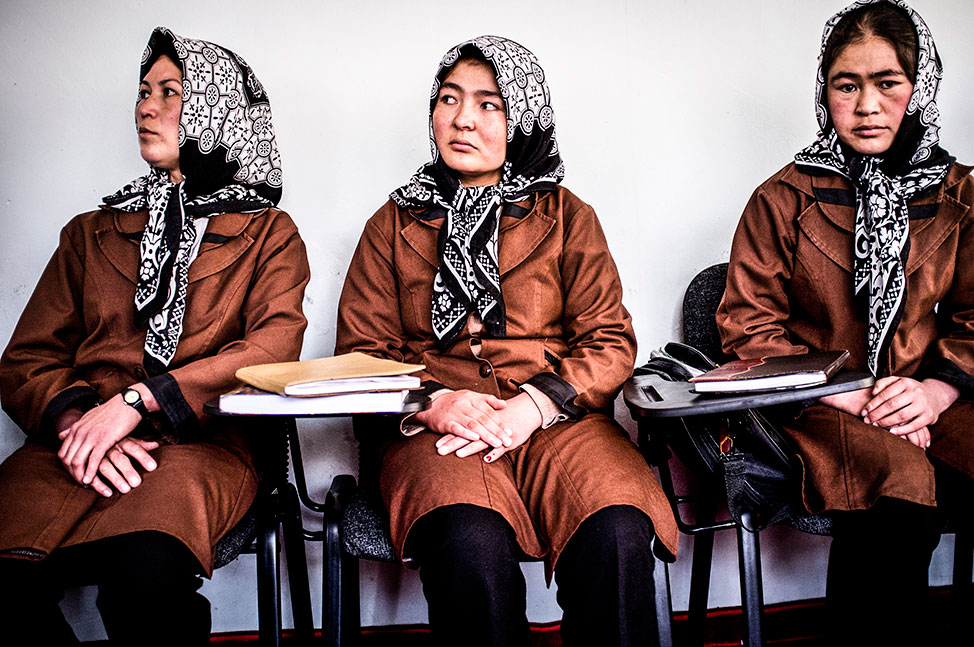
Female students attend a class at the Community Midwife Center. Bamiyan, Afghanistan - June 11 2011.
Female students attend a class at the Community Midwife Center. Bamiyan, Afghanistan - June 11 2011.

A student in the entry-hall of Bamiyan University. Bamiyan, Afghanistan - June 11 2011.
There are no dormitories, and often no chairs or electricity at the University. Bamiyan, Afghanistan - June 11 2011.
Male students gather in front of Bamiyan University, June 11th, 2011 in Bamiyan, Afghanistan.
Future National Afghan Army soldiers training. Kabul, Afghanistan - June 12 2011.
Future National Afghan Army soldiers receive literacy training. Kabul, Afghanistan - June 12 2011.
New army recruits have an 86% illiteracy rate.
Two Afghan policemen stand in the landing field of the Province Reconstruction team in the province of Bamiyan. Bamiyan, Afghanistan - June 12 2011.
An Afghan National Army soldier ensures security in front of the entrance of the Ministry of Defense. Kabul, Afghanistan - June 13 2011.
Afghan tailors work in an Afghan factory for military clothes. Kabul, Afghanistan - June 12 2011.
A display in a factory making military clothes. Kabul, Afghanistan - June 12 2011.
Afghan workers in a factory making boots for the Afghan army. Kabul, Afghanistan - June 12 2011.
An Afghan Policeman ensures security on TV hill. Kabul, Afghanistan - June 15 2011.
